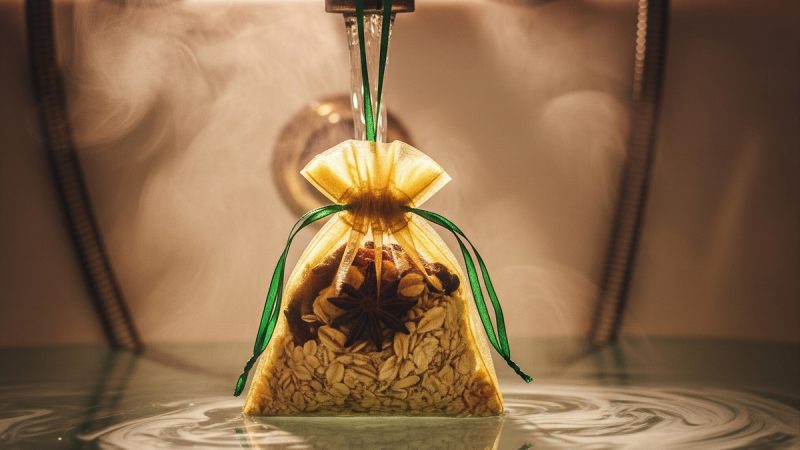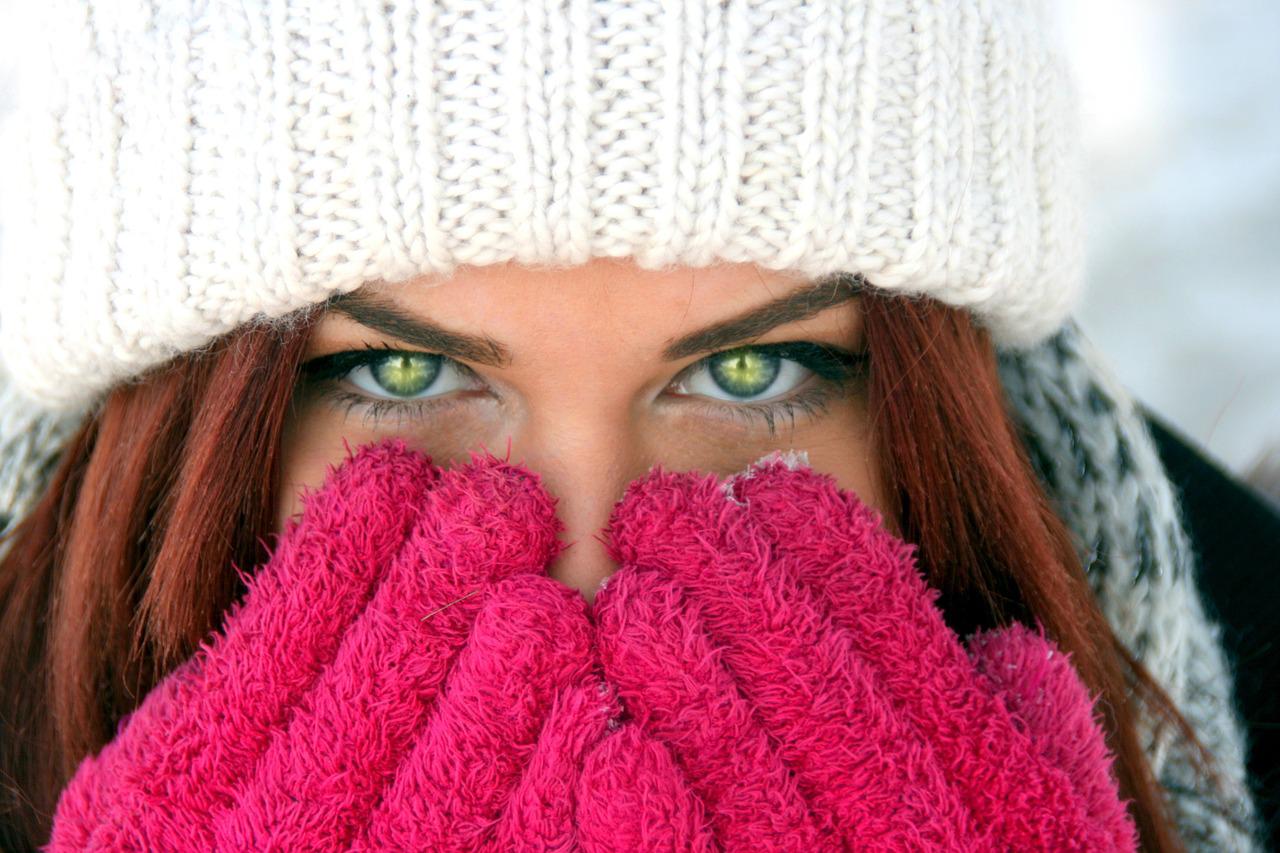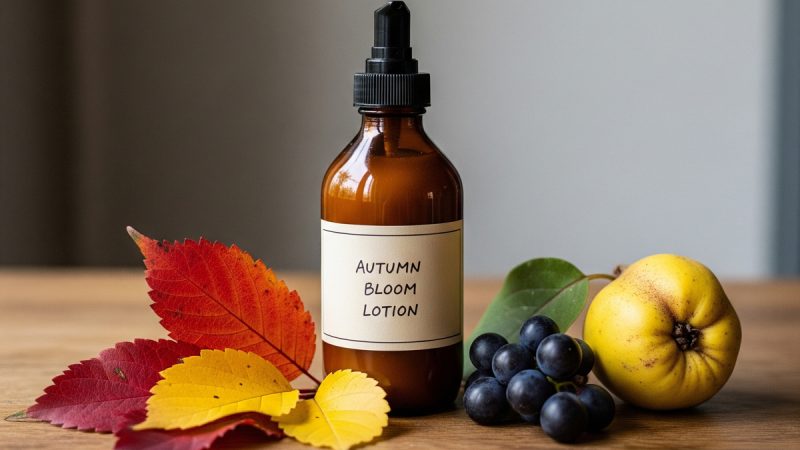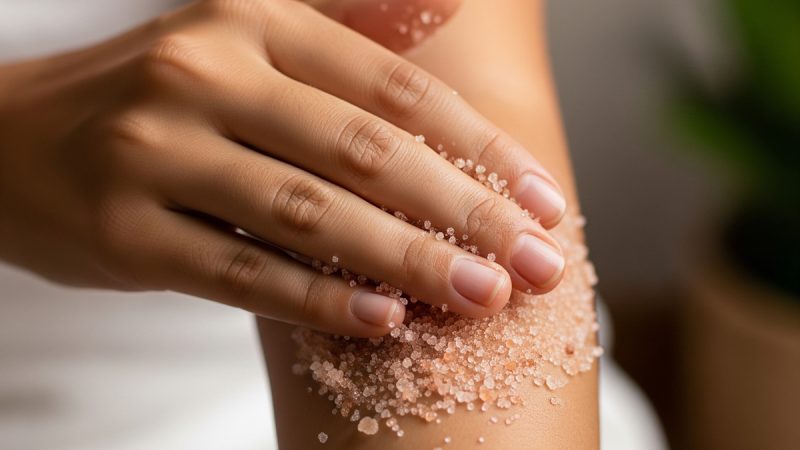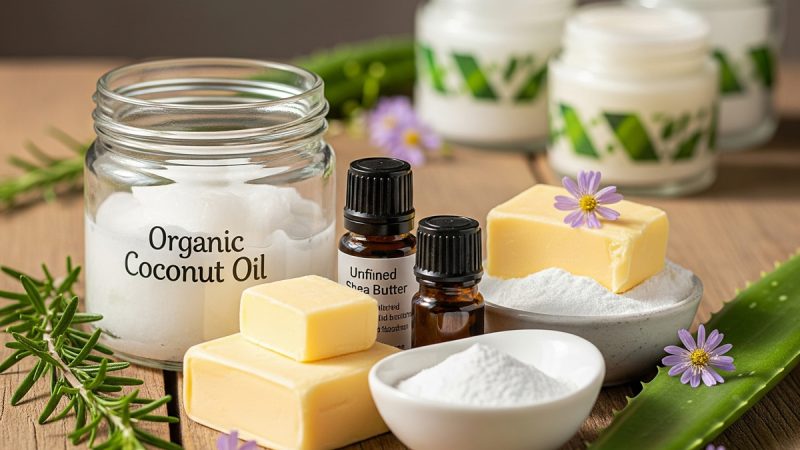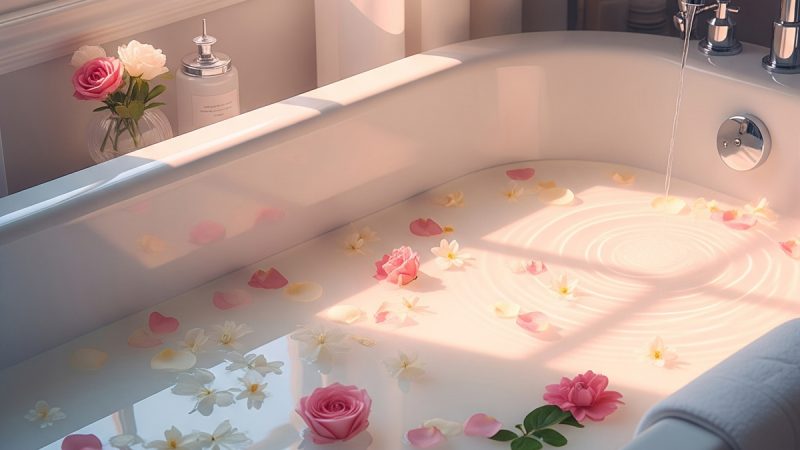Herbal Recipes from Gaia’s Garden

One of my greatest joys is gathering herbs and flowers over the course of the summer to use fresh or to preserve by drying, infusing in oil, or tincturing. Though I can’t prove it, I sense something special in herbs grown close to home that benefits us on an essential, vibratory level. In the fall, after the garden has been put to bed, I take great pleasure in making “Gaia’s Garden” herbal healing and body care goodies for family and friends. And it’s amazingly easy.
Herb-infused extra virgin olive oil forms the basis for my healing salves. You can buy these (they are very expensive) or make them. This is a summer project but you can start now by ordering seeds and deciding where to plant. My favorites are calendula, arnica, mullein, mint, and comfrey for their healing qualities, and lavender and rose geranium for their wonderful aromas. Gather the herbs at their peak in the morning before the heat of the day but after the dew has dried. Allow them to wilt for several hours or overnight as too much moisture can cause a milky substance to form in the oil or it can mold.
Pack a jar about 3/4 full with herbs, pour in extra virgin olive oil taking care to completely submerge the herbs, remove all the air bubbles, then cover the jar tightly. Place it in a warm, sunny window for at least two weeks and try to shake the oils daily. Strain through several layers of cheesecloth into a clean jar and store in a cool, dark place. If you’re inspired to make some herby oil before summer arrives you can use a very clean crockpot. Place herbs and oil in pot and simmer on low for 4 to 6 hours or more.
In the recipes that follow “oil” can be one type or a mixture. Notice the differences between various types (sweet almond, grapeseed, apricot kernel, hemp, sunflower, and jojoba are all great) and use your intuition to decide which to use and in what proportions. When using essential oils, start with a few drops, sniff, add more and so on. I often experiment with mixtures but sometimes the simplest is best: calendula infused oil, lavender essential oil, and beeswax for skin problems; mint infused oil, peppermint and tea tree essential oils, and beeswax for aching feet; arnica infused oil and beeswax for bruises, aches, and pains.
In addition to salves and creams, you can make massage oils (pure essential oils added to a mixture of carrier oils in pretty bottles, corked, and sealed with beeswax); room fresheners (water, a bit of alcohol, and essential oils in a spray bottle), body powder (cosmetic clay, corn starch, arrowroot powder, and essential oils in a shaker can); bath salts (mineral salts, coarse sea salt, white clay, dried herbs, and essential oils); cleansing grains (corn meal, ground oats and ground lavender flowers), and so much more.
Remember to make your herbal goodies with love and intention. Set aside enough time, gather what you need, take a moment to center and focus, then proceed in a relaxed manner. Imagine the energies of the herbs you’re using, whether they’re infused in oil, dried and powdered, or concentrated as in essential oils. Close your eyes and envision the plant, alive and vibrant. Breathe in its essence and know that this essence will be present in your preparation, enhanced by the love and care you put into the process.
Basic Salve
Over very low heat, gently warm 1/2 cup of oil in a glass or stainless steel pot (or use a double boiler). Add 2 TBS beeswax. Stir until beeswax is melted then remove from heat. Add a few drops of essential oil if desired. Pour into jars. The salve will set as it cools. (This recipe can be doubled).
Lip Balm
Lip balm is salve put in a small pot or tube. The basic salve recipe above will make about 12 pots or tubes. The best oils are almond, apricot, hemp, grapeseed. Vitamin E is nice to add, too. If flavoring is desired, add a few drops of peppermint oil or other natural flavoring oil. Ground alkanet root* can be added after the beeswax has melted. This turns the lip balm red and also acts as a natural sunscreen. If alkanet root is used, strain through cheesecloth before pouring into tubes or pots.
Face & Body Cream
The most important things to remember when making this cream is to keep the proportion of oil to water equal and make sure all ingredients are room temperature before blending. I use a mixture of light, nourishing oils as well as coconut or cocoa butter. For the waters, I use distilled water or distilled rose or other flower water, and aloe vera gel. On occasion I’ve made an herbal tea using distilled water and herbs like roses, chamomile, and lavender but the cream didn’t last as long.
Combine chosen waters to make one cup. Add essential oils to the water. Set aside. Place one cup oil (including coconut or cocoa butter if using) in small pot. Add 3 TBS beeswax. Place over low heat and stir until solids are melted. Immediately pour into blender and set aside to cool. You want it to be semisolid and cream colored. I place the jar next to an open window or even in the refrigerator to speed up the process, but watch carefully. When the oils are cooled, turn blender on highest speed and slowly pour the waters into the blender (like making mayonnaise). When the blender begins to choke, turn it off and slowly add any remaining water, beating it in by hand. Don’t over beat. Pour cream into prepared jars. It will thicken as it sets. Store in a cool place. (The “template” for this recipe is Rosemary Gladstar’s “Famous Face Cream”).
Tinctures
Tinctures are highly concentrated liquid extracts of herbs. I prefer tinctures over capsules because they last indefinitely and making them is so simple, not to mention much cheaper than tinctures you buy. I use decent quality, 100 proof vodka but brandy or rum can be used as well. Glycerites are tinctures made with glycerin (vegetable glycerin is best), which is thick and sweet. It doesn’t dissolve resins, oils, alkaloids, or salts so glycerites are not as strong as alcohol-based tinctures, but the sweet taste makes them more palatable for children.
Tinctures can be made with fresh or high-quality dried herbs. Wilt fresh herbs (as with oils), then chop finely chop before packing into a wide-mouth jar with a tight-fitting lid. Fill the jar with herbs then pour in alcohol right up to the top, making sure to remove all air bubbles (this will be about one part herb to two parts alcohol). (For dried herbs, use one part finely cut or chopped herb to four to five parts alcohol.) Cover and shake, shake, shake. Put magic in that tincture. Close your eyes and envision the herb/s glowing with health and vitality, and feel it in the jar you hold. Store in a warm, dark place for at least four weeks, longer is fine. Shake often, feeling that magic.
Vermont herbalist Rosemary Gladstar advises, “Use this time to enchant yourself and to create super quality good medicine.” When the tincture is ready, strain through several layers of cheesecloth, squeezing to get out every bit. Pour into dark tincture bottles using a funnel. And don’t forget the label. Adults: in general, for acute illness use 1/4 to 1/8 tsp. every hour or so. For chronic conditions, take 1/4 tsp three times daily. (A full dropper is about 1/2 tsp).
The Basics
Olive oil is great to make herby oils, but it’s a bit heavy for creams and massage oils. Other carrier oils to try: sweet almond, grapeseed, apricot kernel, hemp, sunflower, and jojoba. High quality beeswax is essential. I recommend finding beeswax beads or pastilles — no grating and very easy to measure. Cocoa butter, aloe vera, vitamin E, and coconut oil are nice to have on hand too, as well as a selection of pure essential oils for fragrance and enhanced healing. Fragrance or perfume oils are synthetic and have no healing qualities.
It’s a good idea to use different utensils for preparing salves and creams than for cooking. I have two small heatproof glass pots, tiny wooden spoons, rubber spatulas and funnels, a small wire whisk, measuring spoons, a food scale, mortar and pestle, and a coffee grinder reserved for herbs. I do use the household blender, but I wash it it very hot, soapy water both before and after I use it. And don’t forget containers. Recycled jars are fine, just use common sense (no old medicine bottles or film containers) and always sterilize them. Avoid reusing plastic.
Basic Resources
It would be impossible to include all my favorite herb books so this is the “extra-short” list. The suppliers offer a full range of products — oils, beeswax, all types of jars, pots, and bottles, essential oils, clays and salts, as well as dried herbs (organic/wildcrafted), books, and their own herbal teas, creams, and extracts. Avena Botanicals also offers a wide range of workshops and apprentice programs.
Books
Rodale’s Illustrated Encyclopedia of Herbs, Rodale Press, 1988
Herbs: Partners in Life, Adele Dawson, Healing Arts Press, 1991
Herbs for Natural Beauty, Rosemary Gladstar, Storey Books, 1999
The Roots of Healing, Deb Soule, Carol Publishing Group, 1995
Healing Wise, Susun Weed, Ash Tree Publishing, 1989
The Herbal Home Spa, Greta Breedlove, Storey Books, 1998
The Herbal Home Remedy Book, Joyce A Wardwell, Storey Books, 1998
Handmade Medicines, Christopher Hobbs, L.Ac., Interweave Press, 1998
Supplies
Avena Botanicals — 1-207-594-0694; 219 Mill St., Rockport, ME 04856
Jean’s Greens — http://www.jeansgreens.com 1-888-845-8327; 1545 Columbi
The Author:
Susan Meeker-Lowry is a writer, editor, and organic gardener.
Photo. Silviarita

